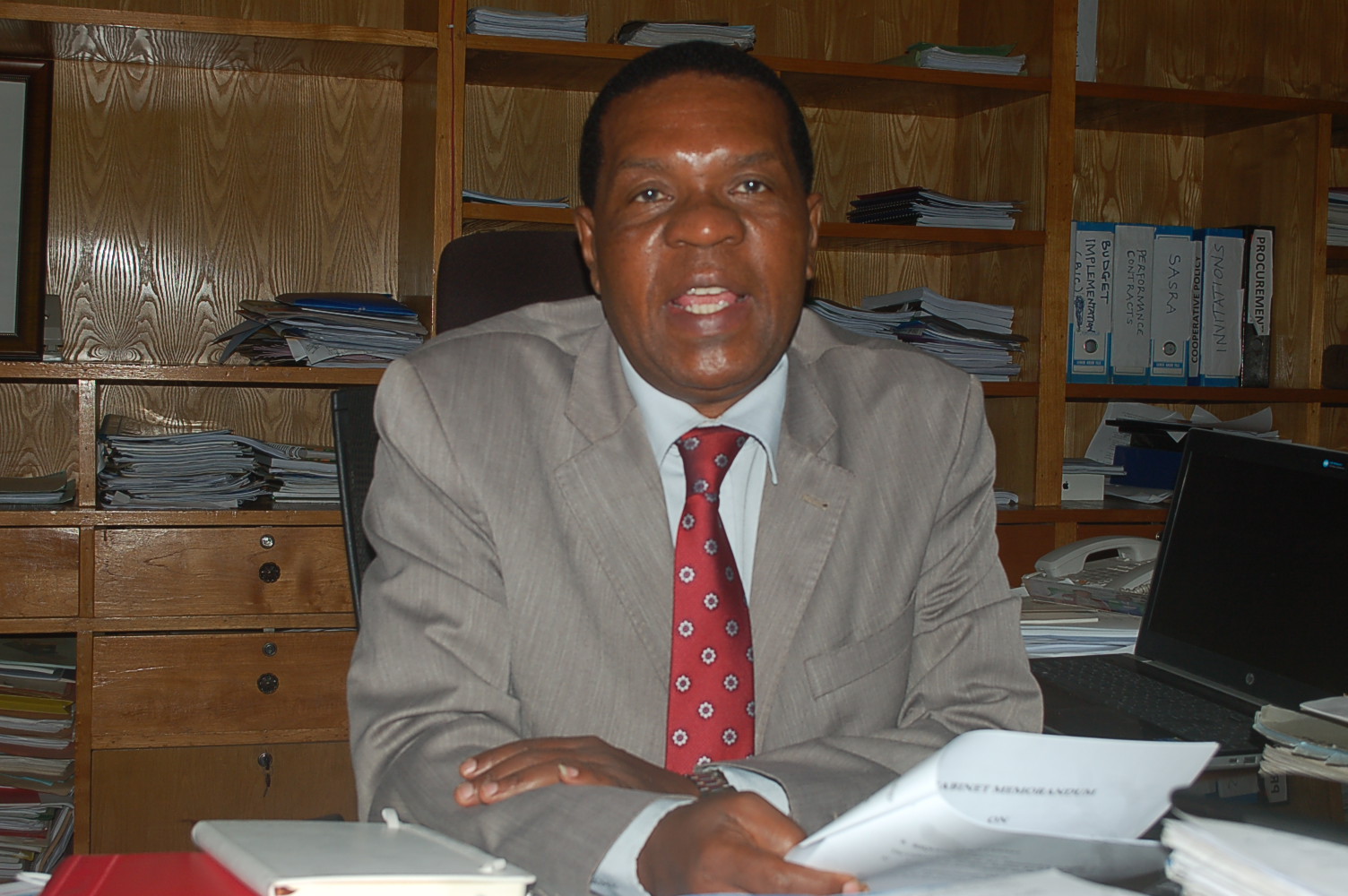By Malachi Motano
Savings and Credit Co-operative Societies (Saccos) will save close to Sh2.33 billion they pay as interest income on loans from commercial banks, thanks to the establishment of Central Liquidity Fund (CLF).
The fund will save Saccos from getting lines of credit from commercial banks at high interest rates that cannot be supported by the regulated terms on which Saccos lend to their members.
It will also empower Saccos to issue their own cheques to members unlike now when they are restricted to processing bankers’ cheques on behalf of banks on a revenue-sharing basis which is heavily slanted in favour of banks.
Commissioner of Cooperatives Geoffrey Njangombe, says the move will help Saccos manage cash constraints that have arisen following the introduction of new prudential guidelines for Deposit Taking Saccos (DTSs).
“The CLF creates a framework through which the Saccos can interact among themselves. If one Sacco has a cash flow problem it should be able to access funding from another,” says Geoffrey Njangombe in an interview with Sacco Review Newspaper.
The body to be registered as a cooperative society will allow Saccos to team up and develop their capacity to serve their members unlike the current situation where Saccos can only go is to bank runs short of money the only place you can.
The commissioner is confident that Saccos will now be able to borrow money overnight or for two days from the fund and refund cheaply.
Guidelines and polices for the operationalization of CLF were developed by the Sacco Societies Regulatory Authority (SASRA) and a multi-agency team comprising the State Department of Co-operatives, the National Treasury, Central Bank of Kenya (CBK) and the Kenya Law Reform Commission (KLRC).
The policy is awaiting presenting to the Cabinet for approval before it is submitted to parliament as part of the Budget Policy Statements for the 2021-2022 fiscal year.
“We are starting with Deposit Taking Saccos and those that offer front office services. Other regulated Saccos will be brought on board in the second tier,” said Njagombe.
He said a total of 52 Saccos are already on board as they endeavour to strengthen the sector.
Saccos are closing in on their own money market and will be able to run their own inter-Sacco market business where they can lend and borrow from each other at reasonable rates to offset their deficits.
They will be eventually be integrated into the National Payments and Clearing system as was issued in a policydirected by President Uhuru Kenyatta in 2019.
Njangombe said players in the sector need to amalgamate their resources so that cooperatives and Saccos can also benefit from shared ICT platform.
He said saccos will have to pay subscription fees to join the CLF adding that the amount will not punitive as this could lock out members willing to join.
Analysts are however worried that the move is bound to put an end to commercial relationships involving Saccos and banks with the lenders losing third party business.
Such business is often executed for a fee including issuing of cheque books, processing of personal cheques issued to Sacco members, trade finance services, treasury management services, Electronic funds transfer services and real time gross settlement (RTGS).
But Njagombe says Saccos are now moving away from external borrowing as a funding source for their assets largely due to the expensive loans and stringent conditions made by commercial banks.
Saccos’ cost of external borrowing stood at Sh2.33 billion, in 2019 according to the Sasra’s annual supervision report (2019).
The report says external borrowing ratio declined to 3.88% from 4.11%, indicating that Deposit Taking Saccos are generally moving away from external borrowing as a funding source for their assets.
The external borrowing ratio measures the level at which Saccos are funding their assets from externally borrowed funds.



